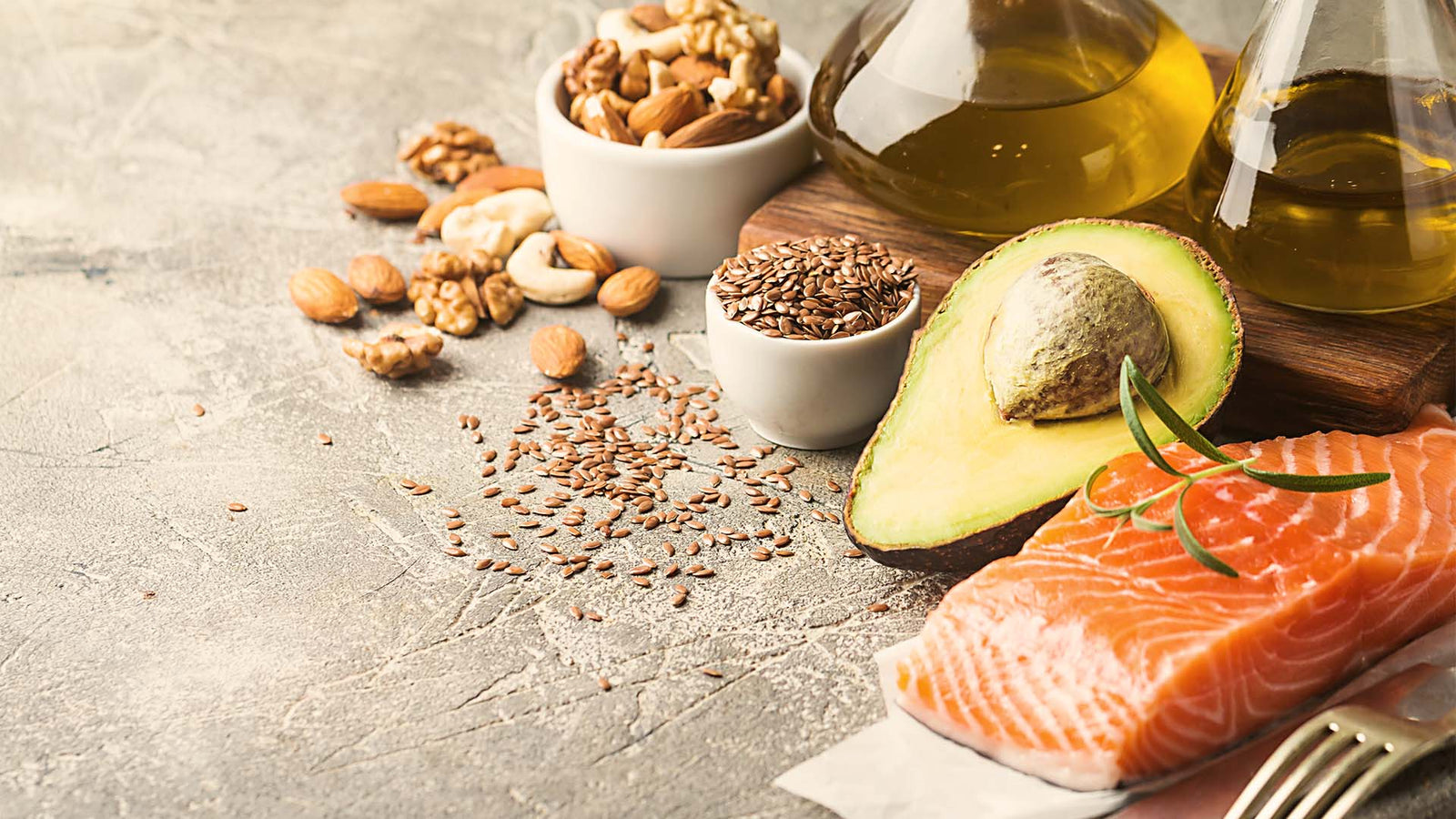“Macronutrients” is the technical term for the different classes of nutrients. There are three distinct classes of macronutrients which essentially group everything we eat and drink according to their composition and function.
Each nutrient (what many personal trainers refer to as a ‘macro’) has a certain role to play in your health and a specific quantity of energy it brings to your body in terms of calories.
The three macronutrients are carbohydrates, protein, and fats.
Fats
“Fat is the enemy,” you often hear. But is it really? To a large part, yes — certainly the group of unhealthy fats which tend to be high in cholesterol can be damaging to your health and body composition. And this is for the most part the way fat has been viewed over the last century. However, simple virtue of the fact that you have a daily recommended allowance of consumption of fat indicates that your body does need a certain level of healthy fats.
You may be unaware that fat is actually necessary for the production of our natural hormones—that is, testosterone for men and estrogen for women. Without fat, the rate of production of these hormones would be less efficient. Healthy fats also have an important role in terms of cognitive function, which is why foods like salmon are considered “brain food.” You shouldn’t be too concerned with exceeding a moderate level of healthy fats each day, but the unhealthy fats which include “trans” fats are something you should consider avoiding.
Common Examples of Fats:
Healthy Fats: Fish, Cheese, Dark Chocolate, Avocados, Whole Eggs, Nuts, Chia Seeds
Unhealthy Fats: Fatty Cuts of Beef, Pork, Lamb, Dark Chicken, Fried Foods, Processed Foods.
Calories per Gram: 9
Recommended Daily Allowance: 40-100g
Recommended Proportion of Daily Diet: 15 – 25%
Ideal nutrition is something we all should strive for, but that doesn’t necessarily mean consuming fewer calories. In order to improve your training, feel better, and look your best, its vital to meet your body’s caloric requirements and fill your diet with micronutrient-rich foods and a mix of all three macronutrients.

